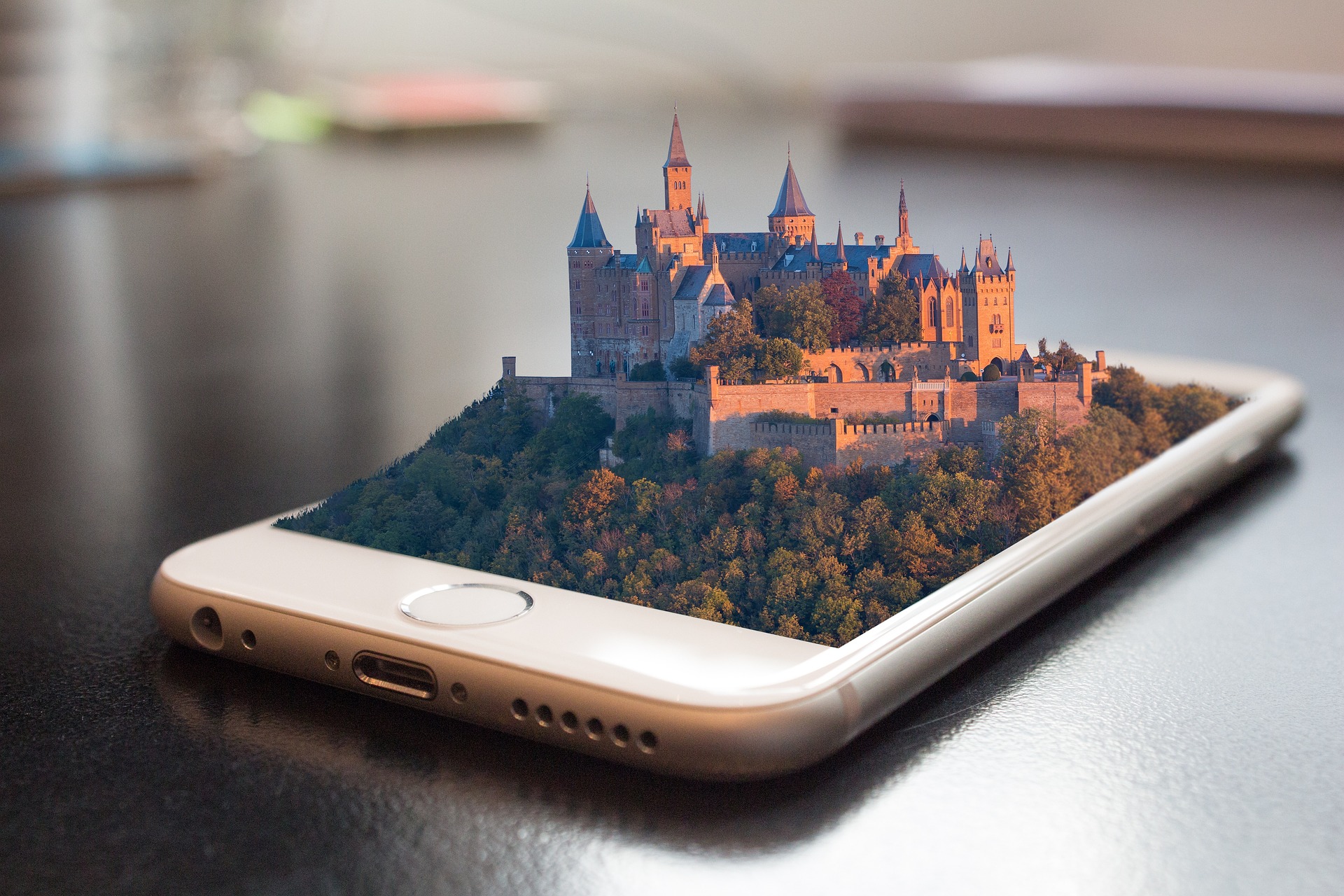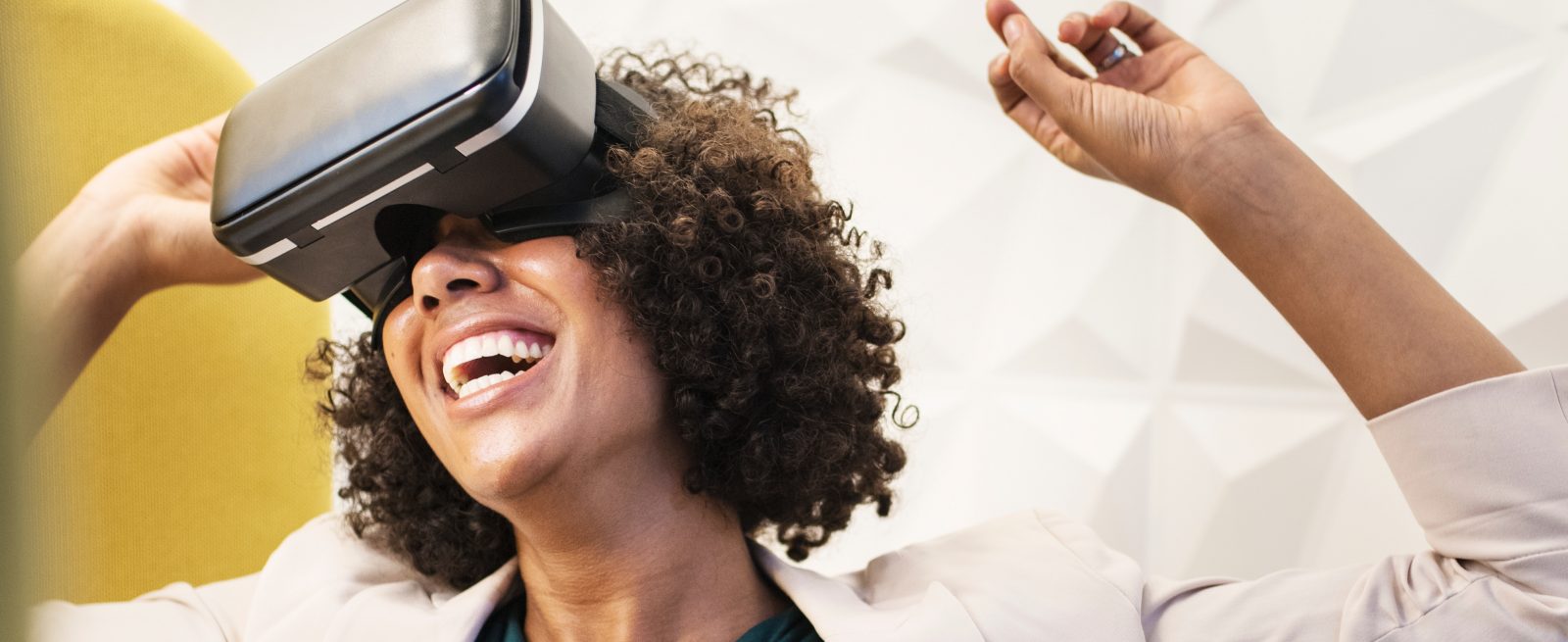How the Food Service Industry Can Take Advantage of AR and VR
3 Min Read By Rae Steinbach
It wasn’t too long ago when Augmented and Virtual Reality (AR and VR, respectively) seemed like technologies that were a long way off from being a part of everyday life. Just as on-demand app development has made customers lives easier, AR and VR are set to do the same. Both have developed considerably over the last few years, and AR and VR are moving into more areas of business and extending further into the lives of consumers.
As both technologies grow, AR and VR programmers are starting to make moves in the food and beverage industry. Businesses in this industry can use AR and VR as tools to improve staff training. They can also use these technologies to create better, more engaging experiences for consumers. Here are some of the ways augmented and virtual reality are already being used by businesses across the food and beverage industry.
Better Training with VR and AR
Improving training protocols is one of the most obvious ways a restaurant business can leverage technologies like AR and VR. They’re both already in use as a training tool in a number of different industries, so there are existing models that can be applied to training staff for food and beverage businesses. By applying AR and VR to training programs, businesses in the food services industry can cut the cost of onboarding new employees and make more effective training programs.
A good example of this comes from the way Honeygrow uses VR to train new staff members. Using a VR headset, new hires can take a tour of a real Honeygrow location, watch actual employees do the job, and learn about company values and policies. Along with that, the company has also added gamification to the process. In some cases, the headset can be used to simulate the work experience. It’s also fitted with games that are designed to teach new employees how to perform different tasks.
Enhancing the Customer Experience
With AR and VR, you can create virtual objects that seem real to the user or even add useful information to an environment. These technologies could be used to create an app that interacts with a restaurant menu to provide more information. You could also consider creating a virtual experience that tells the story behind a food or beverage product.

One company that is using augmented reality in a smart way is Magnolia Bakery. With their AR catering menu, customers can view a 3D representation of a wedding cake before they place an order. The program creates the 3D rendering and then allows the user to zoom in on different details and view the product from different angles.
Similarly, Bareburger is using AR to help customers see food before they buy something. Created using Snapchat’s Lens Studio, Bareburger provides customers with the ability to view different menu items to see what they look like and get an idea of the portion sizes. This can obviously help the food options sell because when someone sees a realistic rendering of a delicious meal, it’s likely to whet the appetite and make the customer want the food more.
While the use of AR and VR within restaurant businesses is still limited, it is expected to continue growing. As the technologies that support these experiences develop and consumers come to be more comfortable with them, more food and beverage businesses will begin to experiment with AR and VR as a way to attract new customers and provide a more engaging experience.


